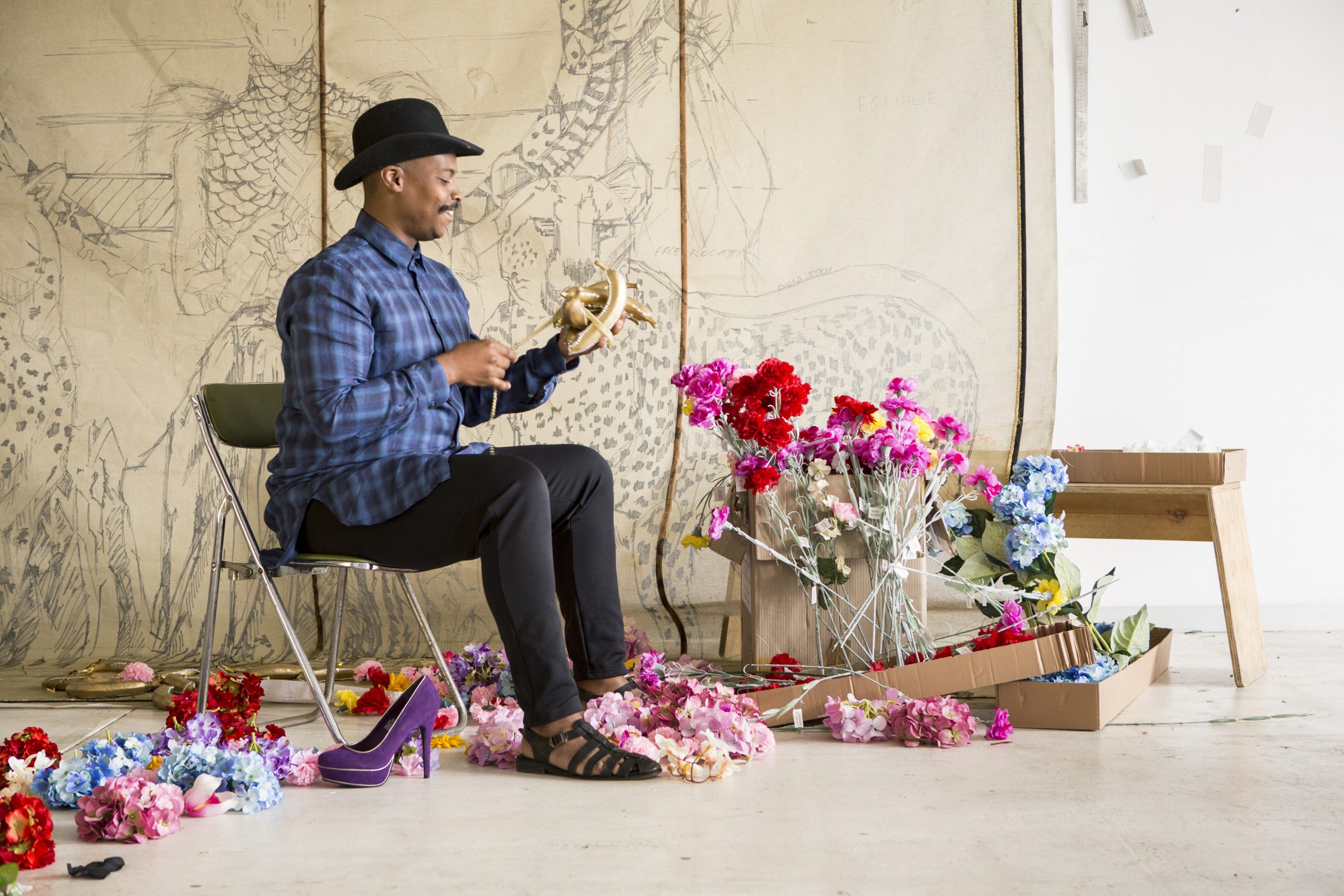The Power of Contemporary African Performance Art is evident in its ability to address pressing social issues, preserve cultural heritage, and empower both artists and audiences alike. As a multidimensional art form, African performance art captures the essence of the continent’s rich cultural history while responding to the challenges and opportunities of the modern world.
This essay will explore the power of contemporary African performance art through various case studies and examples, highlighting its impact on society, culture, and individual expression. We will also answer some frequently asked questions related to the topic at the end of the essay.
The Landscape of Contemporary African Performance Art
As African artists continue to break new ground and redefine the creative landscape, contemporary African performance art has become a powerful medium for self-expression, activism, and cultural preservation. The Museum of Modern African Art (MoMAA) is dedicated to showcasing and celebrating the power and diversity of contemporary African performance art. For a deeper understanding of Africa’s art scene, visit MoMAA’s website.
Addressing Social Issues
Social Commentary and Activism Through Performance Art
Contemporary African performance art has become a vital tool for addressing social issues and inspiring change. Artists often use their work to raise awareness of crucial topics such as political injustice, gender inequality, and environmental concerns. South African artist Athi-Patra Ruga, for example, uses his performances to challenge social norms and highlight the marginalization of LGBTQ+ individuals in his country. By doing so, he brings attention to issues often overlooked in mainstream discourse.
Gender, Race, and Identity in African Performance Art
The power of contemporary African performance art also lies in its ability to challenge stereotypes and promote understanding of different gender, racial, and cultural identities. For example, Wangechi Mutu, a Kenyan-born, New York-based artist, uses her work to confront issues related to gender, race, and African identity. Through her powerful and thought-provoking performances, she encourages viewers to reconsider their preconceived notions of African womanhood and identity. To explore the influence of African diaspora artists like Mutu on global art, visit MoMAA’s article.
Preserving Cultural Heritage
Traditional Elements in Contemporary African Performance Art
The power of contemporary African performance art is also demonstrated in its capacity to preserve and promote cultural heritage. Many artists incorporate traditional music, dance, and storytelling into their performances, creating a unique fusion of past and present. Nigerian performance artist Jelili Atiku, for example, uses traditional Yoruba elements in his work to address contemporary social issues, simultaneously preserving his cultural identity and engaging with modern concerns.
The Role of Performance Art in Cultural Exchange and Education
International collaborations and festivals are essential in showcasing the power of contemporary African performance art and promoting cultural exchange. The NFT54 project is an excellent example of this, as it combines art and technology to create a global platform for African artists, showcasing their work to a worldwide audience. By participating in such events, African performance artists contribute to the global understanding and appreciation of African culture.
Empowerment and Personal Expression
The Role of Performance Art in Self-Discovery and Artistic Growth
Contemporary African performance art offers artists the freedom to experiment and explore their own identities through their work. This process of self-discovery and artistic growth is an essential aspect of the power of contemporary African performance art. Senegalese dancer and choreographer Germaine Acogny, for example, combines traditional African dance with contemporary techniques to create her unique style. Through this fusion, she has developed a powerful means of self-expression and personal exploration.
The Empowering Effect on Audiences
The power of contemporary African performance art also extends to its ability to inspire and engage audiences. By presenting thought-provoking and emotionally resonant performances, African artists can evoke a sense of community and shared experience among viewers. This connection can be empowering, as it encourages audiences to reflect on their own identities and experiences while fostering a greater understanding of the diverse cultures and perspectives that make up the African continent.
In conclusion, the power of contemporary African performance art is evident in its ability to address social issues, preserve cultural heritage, and empower both artists and audiences alike. Through the exploration of various case studies and examples, we have seen how this dynamic art form has made a significant impact on society, culture, and individual expression.





 No products in the basket.
No products in the basket.